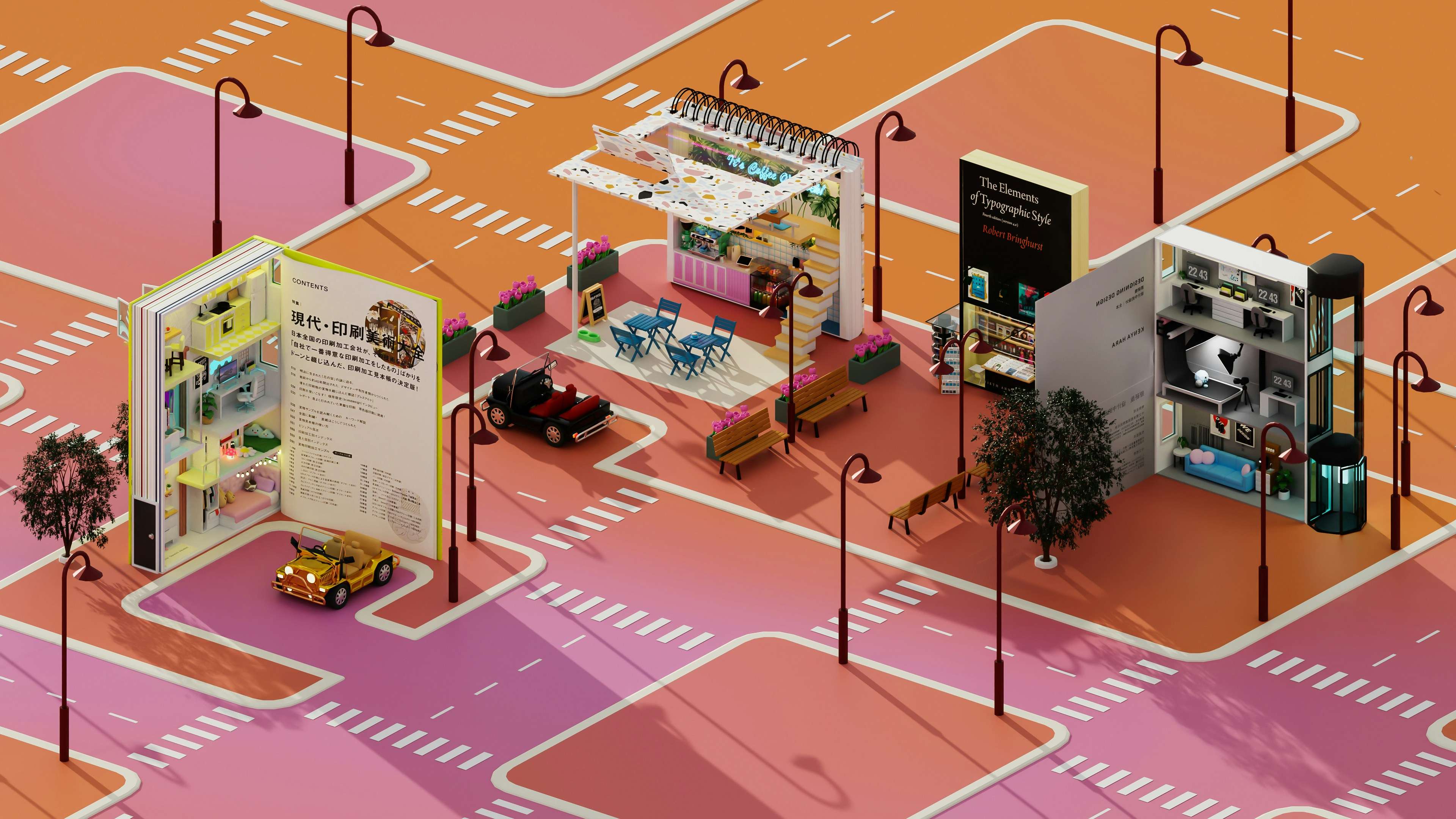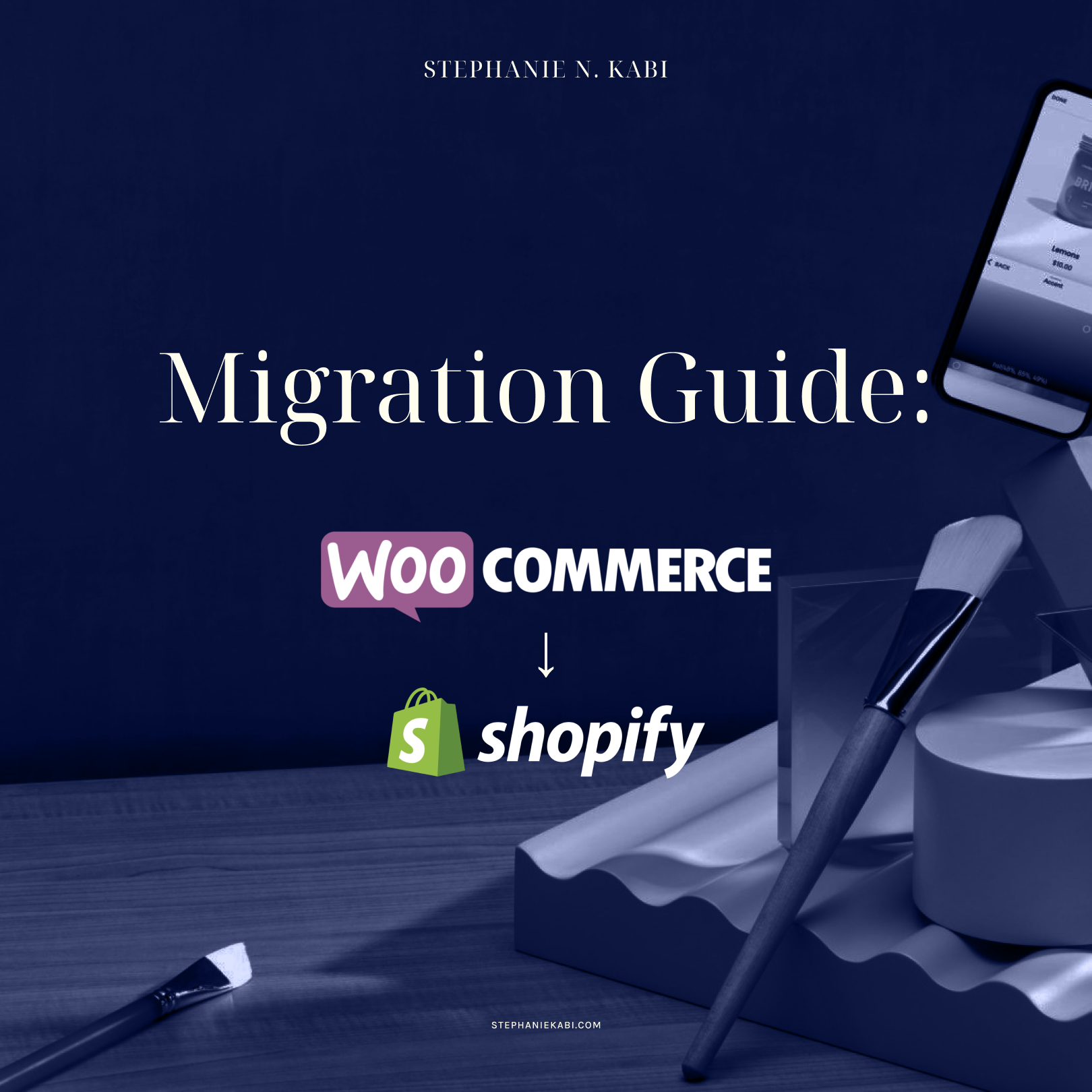As someone who has navigated the e-commerce landscape for years, I’ve witnessed the rise of the “phygital” experience—a blend of physical and digital interactions. This concept excites me because it reflects how consumers are evolving. They want seamless shopping experiences that bridge the gap between online and offline, and as designers, we have the opportunity to create those connections.
I remember visiting a store that offered a virtual reality experience. I could try on clothes without stepping into a fitting room! It was a game-changer and showcased how technology can enhance in-store interactions. Brands like IKEA are already leveraging augmented reality to allow customers to visualize furniture in their homes before making a purchase. This kind of integration not only enhances the shopping journey but also builds trust and confidence in the product.
To succeed in this phygital world, brands must focus on data-driven insights. Analyzing customer behavior across online and offline channels allows for tailored offerings that meet individual needs. I’ve noticed that when I receive personalized recommendations based on my shopping habits, I’m more likely to make a purchase. It feels like the brand understands me, which is a powerful motivator.
The future of e-commerce lies in designing for the phygital experience. By embracing the integration of physical and digital interactions, we can create engaging and meaningful shopping journeys that resonate with today’s consumers.
**
Image credit: Luxury Retail





















